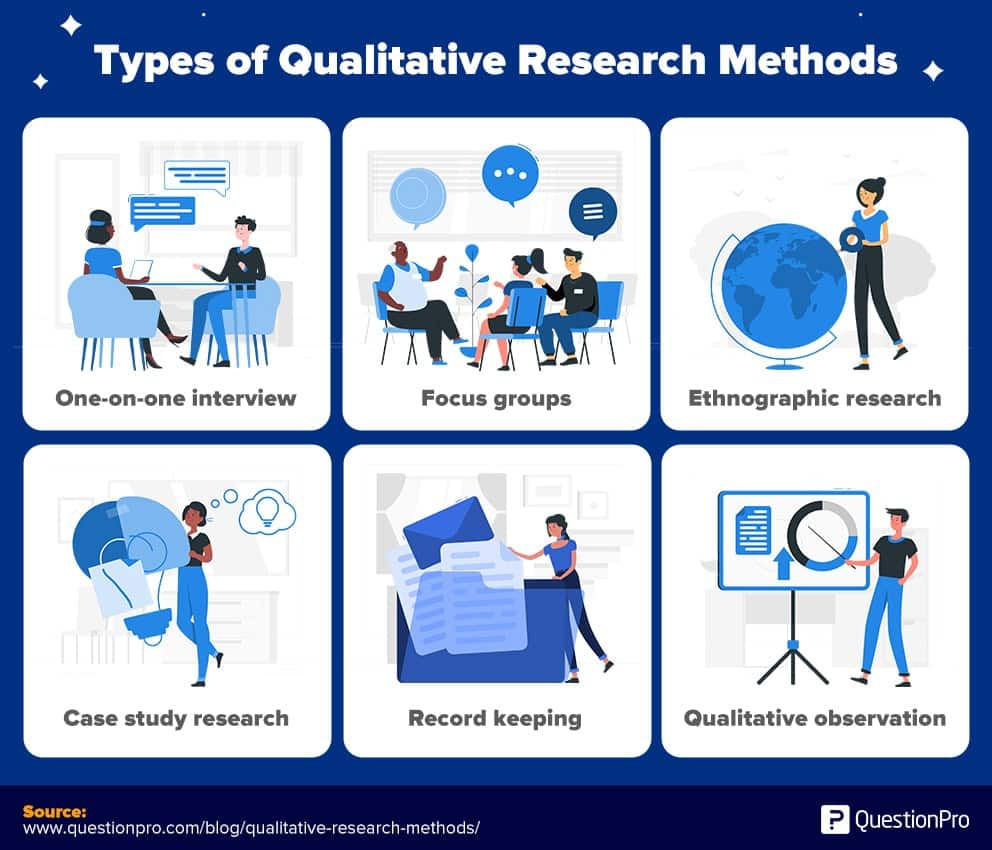Table Of Content

More apparent drivers of these health disparities that are a direct result of homelessness include difficulty accessing quality health care and maintaining medication adherence [15,16,17,18], increased exposure to victimization [19], and accidents and extreme weather [20, 21]. Less often discussed is the role of social exclusion, isolation, and loneliness, despite the high prevalence of these factors among PEH [22, 23] and significant evidence linking them to increased morbidity and mortality [1]. This is particularly noteworthy because evidence-based interventions, most notably Housing First, can effectively address homelessness but do not necessarily increase community integration or reduce social isolation and loneliness [24,25,26,27]. This may account for why research on supportive housing programs that successfully end homelessness has yet to document a significant reduction in health disparities [28].
The Use of Mixed Methods in Research
In the notation of Morse (1991), concurrence is indicated by a “+” between components (e. g., QUAL + quan), while sequentiality is indicated with a “→” (QUAL → quan). Note that the use of capital letters for one component and lower case letters for another component in the same design suggest that one component is primary and the other is secondary or supplemental. Although this distinction is useful in some circumstances, we do not advise to apply it to every mixed methods design. First, Morse and Niehaus contend that the supplemental component can be done “less rigorously” but do not explain which aspects of rigor can be dropped. In addition, the idea of decreased rigor is in conflict with one key theme of the present article, namely that mixed methods designs should always meet the criterion of multiple validities legitimation (Onwuegbuzie and Johnson 2006). On the basis of these dimensions, mixed methods designs can be classified into a mixed methods typology or taxonomy.
Frequently Asked Questions
This randomized controlled trial will help determine whether these programs reduce social isolation and loneliness and lead to better housing outcomes. The results will likely be of interest to policymakers, who have struggled to find appropriate system-based responses to the growing problem of homelessness in California and elsewhere. Results of the trial will be shared through peer-reviewed publications and other public dissemination efforts (e.g., policy briefs and presentations). Researchers could begin by collecting quantitative data through surveys to get an overall view of the participants' levels of physical activity and mental health. Qualitative interviews would follow this to explore the underlying dynamics of participants' experiences of exercise, physical activity, and mental health in greater detail.
Permeability of Concrete and Factors Influencing It
Their results showed that 91.9% of the experts considered the tool to be complete, accurate, and user-friendly, and 98.4% of them expressed that the tool was ready to be used [28]. The results of the studies showed that the validity of The Maternal Fetal Triage Index (MFTI), the Perinatal Emergency Team Response Assessment (PETRA), and the Swiss Emergency Triage Scale (SETS), all three obstetric triage systems, were 72.9%, 80%, and 78.4%, respectively [6, 8, 47]. The obstetric telephone triage guidelines included multiple levels and evaluation criteria for both the mother and fetus and were once again provided to experts for validation. A total of 26 articles were included in the study, and items related to obstetric telephone triage not existing in the pool of items obtained from the qualitative stage were added to the main items. The participants were recruited using the purposive sampling method that continued until data saturation. The semi-structured individual interviews were performed to explain the participants’ perceptions and work experiences about telephone triage.

Now we list some secondary design issues and questions that should be thoughtfully considered during the construction of a strong mixed methods research design. We leave it to the reader to decide if he or she desires to conduct a qualitatively driven study, a quantitatively driven study, or an equal-status/“interactive” study. According to the philosophies of pragmatism (Johnson and Onwuegbuzie 2004) and dialectical pluralism (Johnson 2017), interactive mixed methods research is very much a possibility.
Socials
This utilizes both qualitative and quantitative research methods to analyze a single case. The researcher will examine the specific case in detail to understand the factors influencing it. An example of this could be a study of a specific business organization to understand the organizational dynamics and culture within the organization. This design involves collecting quantitative data and then taking action, usually in the form of an intervention or intervention program.
A second merit of the typological approach is the provision of common mixed methods research designs, of common ways in which qualitative and quantitative research can be combined, as is done for example in the major designs of Creswell and Plano Clark (2011). Contrary to other authors, however, we do not consider these designs as a feature of a whole study, but rather, in line with Guest (2013), as a feature of one part of a design in which one qualitative and one quantitative component are combined. Although one study could have only one purpose, one point of integration, et cetera, we believe that combining “designs” is the rule and not the exception. Therefore, complex designs need to be constructed and modified as needed, and during the writing phase the design should be described in detail and perhaps given a creative and descriptive name. This randomized controlled trial was designed to evaluate the effectiveness of the Miracle Friends and Miracle Money interventions as compared a control group that received neither intervention. Although 760 unhoused individuals have enrolled in the study, the study team has been unable to contact more than 30% of the individuals who initially expressed an interest in the Miracle Friends phone buddy program and were referred to the study.
When to use mixed methods research
This method offers more flexibility in designing research, combining theory generation and hypothesis testing, and being less tied to disciplines and established research paradigms. Mixed methods designs allow for method flexibility and can provide differing and even conflicting results. Examples of mixed methods research designs include convergent parallel, explanatory sequential, and exploratory sequential. A mixed methods research design is an approach to collecting and analyzing both qualitative and quantitative data in a single study. The common complexity of mixed methods design poses a problem to the above typologies of mixed methods research. The typologies were designed to classify whole mixed methods studies, and they are basically based on a classification of simple designs.

Complex designs are sometimes labeled “complex design”, “multiphase design”, “fully integrated design”, “hybrid design” and the like. Because complex designs occur very often in practice, the above typologies are not able to classify a large part of existing mixed methods research any further than by labeling them “complex”, which in itself is not very informative about the particular design. This problem does not fully apply to Morse’s notation system, which can be used to symbolize some more complex designs. We call two research components dependent if the implementation of the second component depends on the results of data analysis in the first component. Two research components are independent, if their implementation does not depend on the results of data analysis in the other component. A researcher could analyze interview data and questionnaire data of one inquiry independently; in that case, the research activities would be independent.
During the first quarterly survey, participants who received monthly income will be purposively sampled and asked if they would be interested in participating in an additional in-depth qualitative interview to learn more about their experience with the program. Maximum variation sampling will be used to ensure differences in race, ethnicity, and gender in our qualitative subsample. Those who are interested and agree to participate will be contacted by a research team member who has been trained in conducting qualitative interviews. Interviewers will schedule a convenient time and place to meet unless participants request a phone interview. Another intervention that the program has recently added is known as Miracle Money, in which unhoused individuals who are participating in the Miracle Friends receive guaranteed basic income.
2024 Bedroom Decor Trends - Better Homes & Gardens
2024 Bedroom Decor Trends.
Posted: Sun, 07 Jan 2024 08:00:00 GMT [source]
For example, Nvidia used Z2 and X2 for its emulation and prototyping requirements when making its Blackwell chip. I agree with management here that, assuming end-chip enterprise demand sustains, Cadence's customers might be deferring spending into the next quarter or so until the Z3 and X3 products are available to ship. Part of my confidence in management's view also comes from the backlog that has been sustained on a sequential basis, indicating customer commitments remain intact. Consumers and developers alike will benefit from an ecosystem where multiple hardware makers build on a common platform.
Developers and creators can take advantage of all these technologies to create mixed reality experiences. And they can reach their audiences and grow their businesses through the content discovery and monetization platforms built into Meta Horizon OS, including the Meta Quest Store, which we’ll rename the Meta Horizon Store. If all else fails, bring in photos of interiors that spark your interest and creativity and let your design consultant use them as a starting point for your own personal mix of finishes. If you’re drawn to a farmhouse sink, but can’t get enough of modern pendants, your designer will pick up on the cues from the photos you love. Log in to TheConstructor to ask questions, answer people’s questions, write articles & connect with other people.
Our findings indicate that the obstetric telephone triage guideline is clinically comprehensive, easy to understand, practical, and valid. This guideline serves as a standardized tool for evaluating the severity of symptoms and determining the urgency of obstetric care for triage personnel. By following this integrated and uniform guideline, personal biases can be avoided, leading to improved performance and ensuring that patients are not overlooked. Additionally, the use of an integrated obstetric telephone triage guideline promotes independent decision-making and reduces errors in triage decision-making.
Having one or more points of integration is the distinguishing feature of a design based on multiple components. It is at this point that the components are “mixed”, hence the label “mixed methods designs”. The term “mixing”, however, is misleading, as the components are not simply mixed, but have to be integrated very carefully. The number of possible purposes for mixing is very large and is increasing; hence, it is not possible to provide an exhaustive list. Greene et al.’s (1989) purposes, Bryman’s (2006) rationales, and our examples of a diversity of views were formulated as classifications on the basis of examination of many existing research studies. They indicate how the qualitative and quantitative research components of a study relate to each other.















